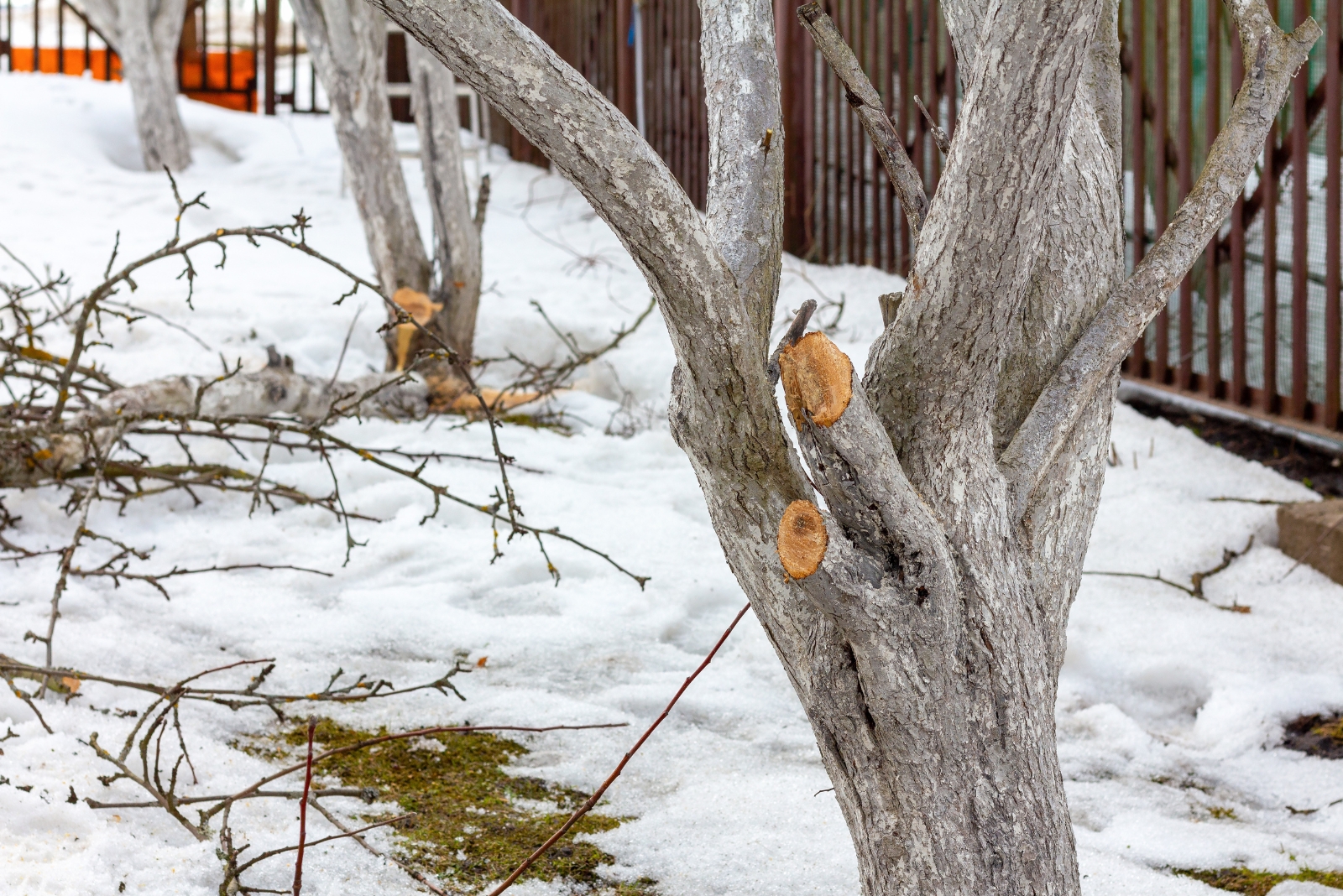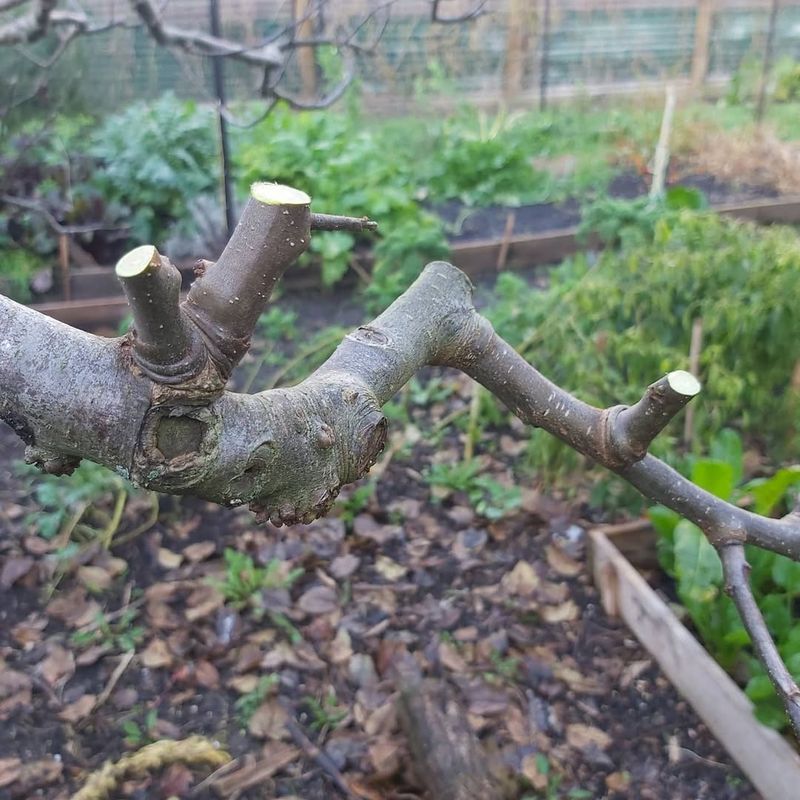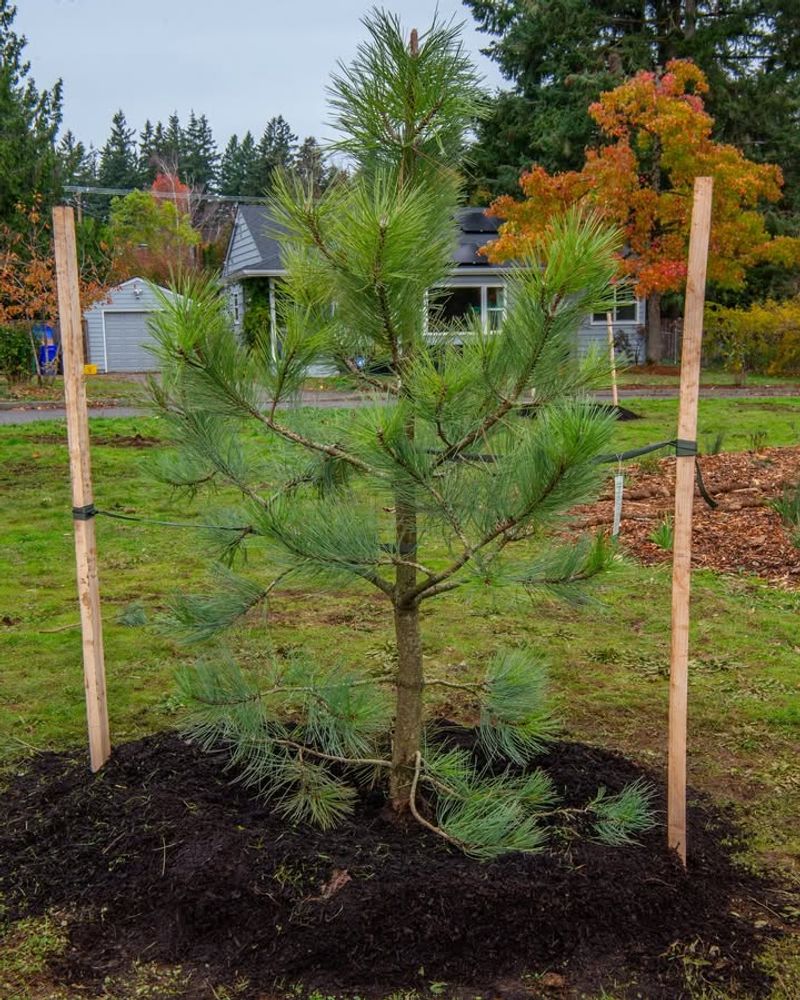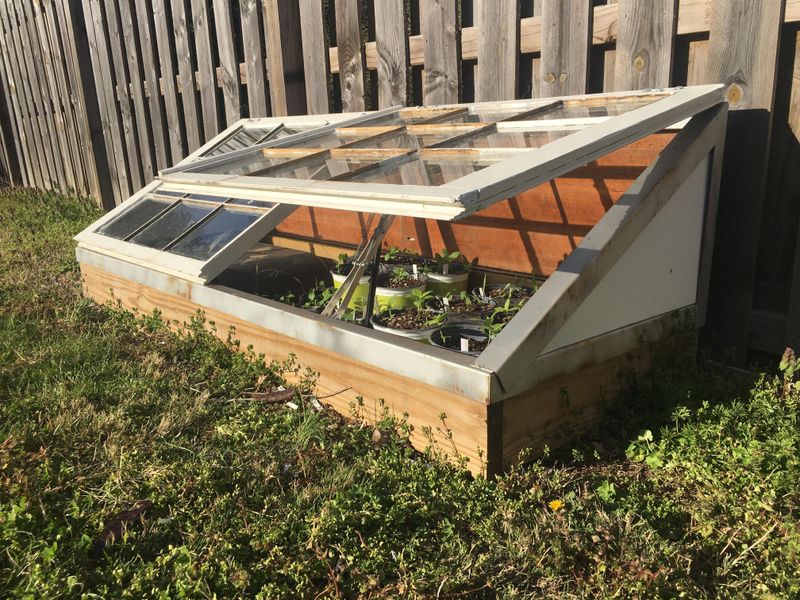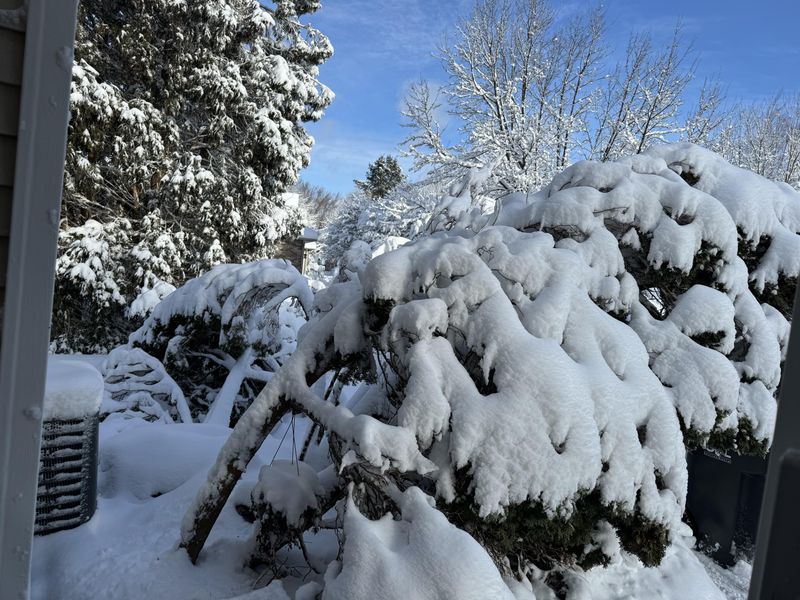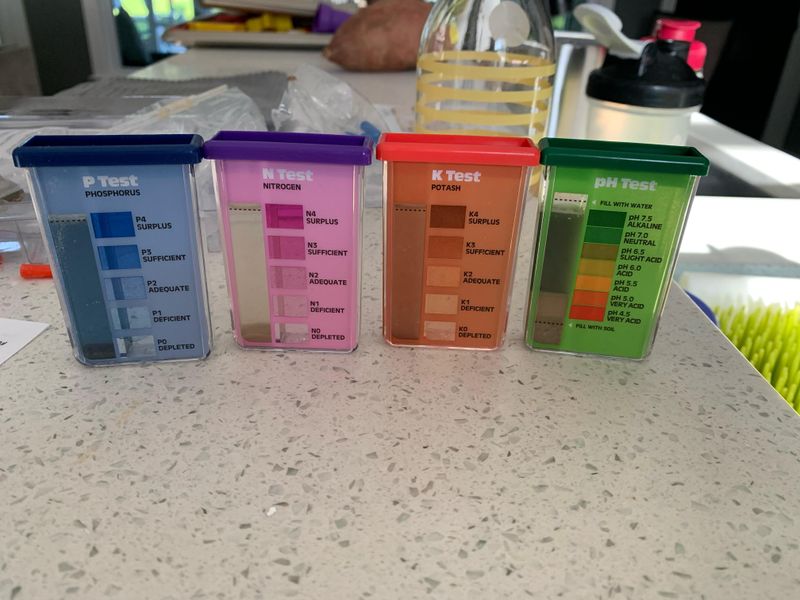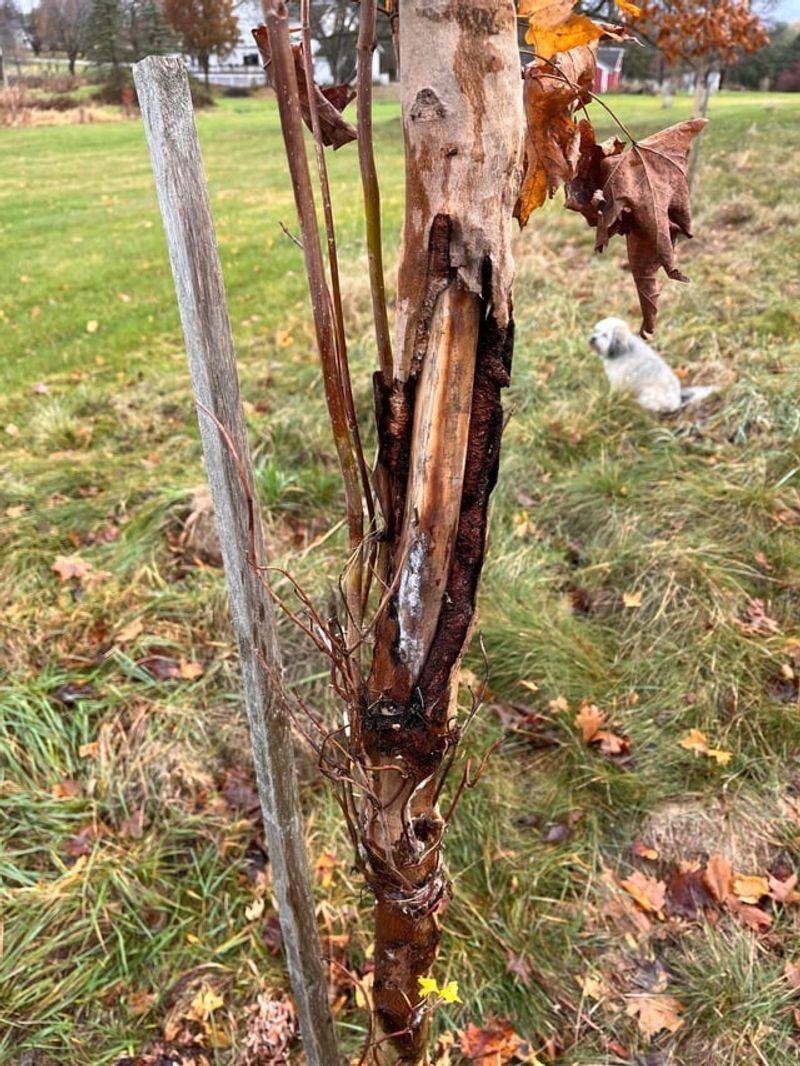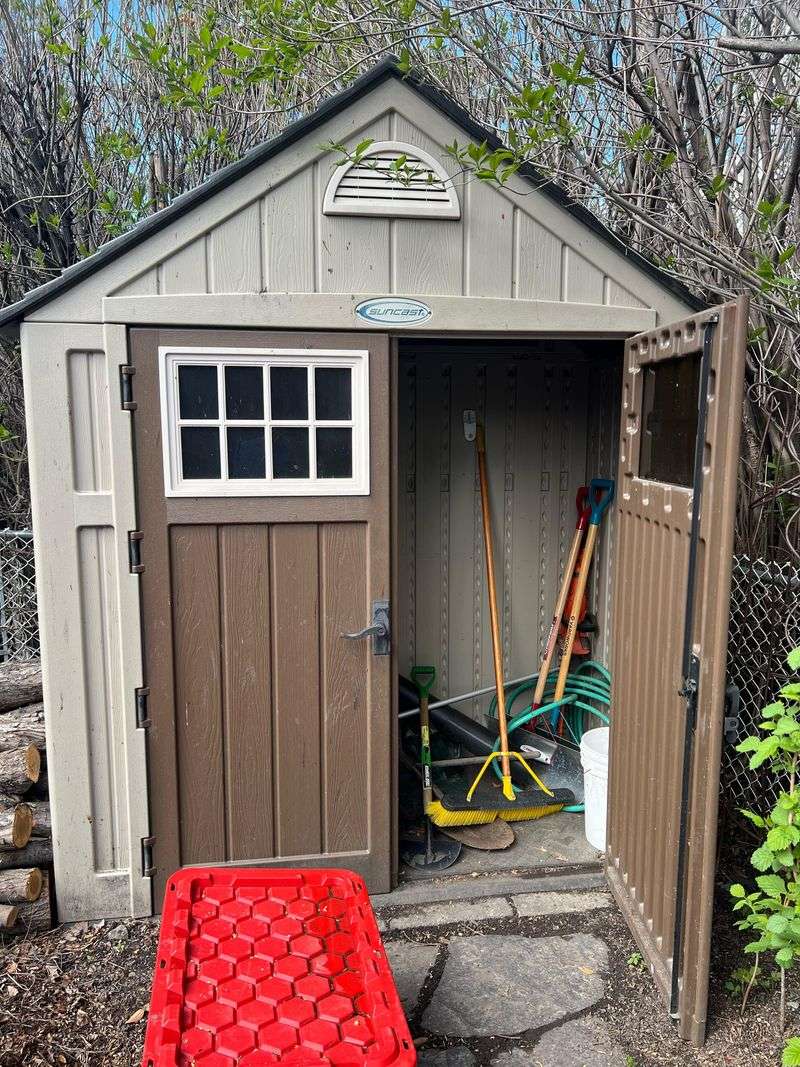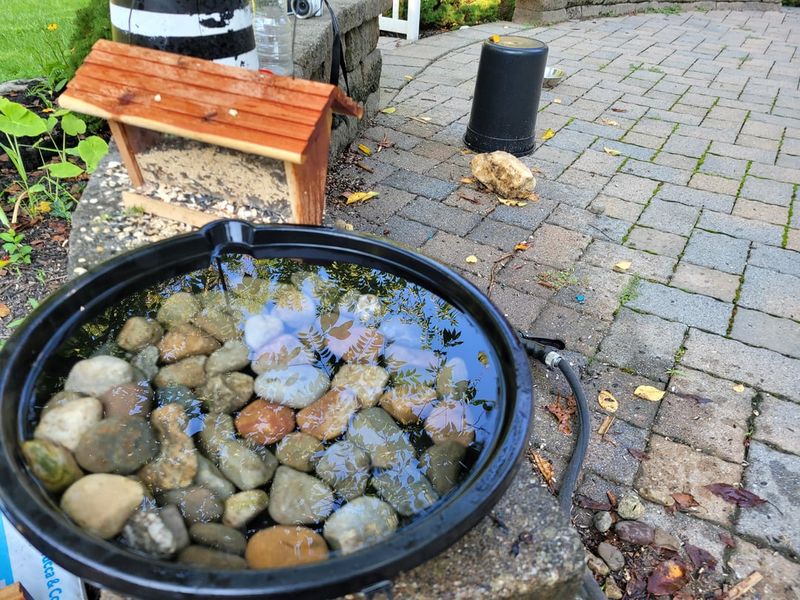Wisconsin winters have a way of making you think everything in the garden can wait, but a few tasks still matter once the cold settles in. I’ve skipped some of them before and ended up paying for it when spring finally showed up.
A little attention now keeps things healthier through the freeze. These small jobs make winter gardening feel a lot smarter, not harder.
1. Pruning Fruit Trees While Dormant
Bare branches make it much easier to see the structure of your apple and cherry trees. Wisconsin winters provide the perfect window for shaping and removing damaged limbs without harming the tree.
Late winter pruning encourages vigorous spring growth and better fruit production. Use clean, sharp tools and remove any branches that cross or rub against each other.
Focus on creating an open center that allows sunlight to reach all parts of the tree throughout the growing season.
2. Checking Tree Wraps and Guards
Young trees face serious threats from hungry rabbits and deer during Wisconsin’s harsh winters. Tree guards and wraps protect tender bark from being gnawed or damaged by wildlife.
Walk around your property and inspect each protective covering for tears, looseness, or moisture buildup. Replace any damaged wraps immediately to prevent sunscald and animal damage.
Remember to remove wraps in early spring so they don’t trap moisture or restrict growth as temperatures warm up.
3. Sharpening and Cleaning Garden Tools
Cold months offer a great opportunity to maintain equipment that sits idle in your shed or garage. Rust and dull blades make spring gardening much harder than it needs to be.
Wisconsin’s winter weather can cause moisture damage to metal tools if they’re not properly stored. Clean off dirt and debris, sharpen cutting edges, and apply a light coat of oil.
Organized, well-maintained tools save time and frustration when planting season arrives and you’re eager to get outside.
4. Monitoring Mulch Levels Around Plants
Strong winds and heavy snow can scatter or compress the mulch protecting your perennials and shrubs. Proper insulation helps plant roots survive Wisconsin’s freezing and thawing cycles.
Walk through your garden beds and add fresh mulch where it’s gotten thin or blown away. Aim for about three to four inches of coverage around each plant.
Avoid piling mulch directly against plant stems or tree trunks, as this can encourage rot and provide hiding spots for rodents.
5. Planning Next Season’s Garden Layout
Sitting by a warm fire with seed catalogs and graph paper beats shivering outside any day. Wisconsin gardeners can use the quiet winter months to dream up improvements and solve past problems.
Review what worked well last summer and what struggled in your specific growing conditions. Sketch out new bed arrangements, research companion planting, and order seeds early.
Planning ahead prevents impulse purchases and ensures you have everything ready when the ground finally thaws in spring.
6. Inspecting Cold Frames and Hoop Houses
Season-extending structures take a beating from Wisconsin’s snow loads and ice accumulation. Cracks in plastic or broken frames can render them useless when you need them most.
Check for structural damage, replace torn covers, and brush off heavy snow before it causes collapse. Tighten loose screws and reinforce weak joints.
Well-maintained cold frames let you start seedlings weeks earlier in spring and extend your harvest well into fall next year.
7. Protecting Evergreens from Winter Burn
Bright winter sun combined with frozen ground creates a dangerous situation for evergreen shrubs and trees. Foliage loses moisture faster than roots can replace it from frozen soil.
Wisconsin’s harsh conditions often cause browning on the south and west sides of evergreens. Apply anti-desiccant spray on mild days and erect burlap screens for extra protection.
Water evergreens deeply during winter thaws to help them maintain moisture levels and stay green throughout the cold season.
8. Testing and Amending Garden Soil
Getting a head start on soil health makes a huge difference in plant performance next summer. Wisconsin’s Extension office offers affordable soil testing services year-round.
Collect samples from different garden areas and send them in for analysis during winter when labs are less busy. Results tell you exactly what amendments to add.
Spread compost, lime, or sulfur on frozen ground and let freeze-thaw cycles work it in naturally before spring planting begins.
9. Checking for Rodent Damage
Mice and voles stay active all winter beneath the snow, gnawing on bark and roots you can’t see. Wisconsin gardens provide perfect cover and food sources for these hungry critters.
Pull back mulch on warm days and look for tunnels or stripped bark near the base of trees and shrubs. Set traps or adjust protective barriers immediately.
Early detection prevents extensive damage that might not become visible until spring when it’s too late to save affected plants.
10. Organizing and Inventorying Supplies
Nothing’s more frustrating than discovering you’re out of potting soil right when you need to start tomato seeds. Wisconsin’s long winters give you plenty of time to get organized.
Sort through fertilizers, check expiration dates, and make a shopping list of items to purchase before spring. Organize pots, labels, and stakes so everything’s easy to find.
A well-stocked, tidy workspace makes gardening tasks flow smoothly and helps you avoid last-minute trips to the garden center.
11. Maintaining Bird Feeders and Baths
Feathered friends struggle to find food and water when Wisconsin landscapes freeze solid. Keeping feeders full and water sources thawed helps birds survive brutal cold snaps.
Clean feeders regularly to prevent disease spread among visiting species. Use heated birdbaths or add fresh water daily during extreme cold.
Birds that stick around all winter will reward you by eating tons of garden pests when warm weather returns to your yard.
12. Protecting Container Plants Indoors
Potted perennials and tender plants brought inside for winter need ongoing care to survive until spring. Wisconsin’s indoor heating creates dry conditions that stress many species.
Check soil moisture weekly, as pots dry out faster than you’d expect in heated homes. Watch for pests like spider mites and aphids.
Rotate plants near windows for even light exposure and mist humidity-loving varieties regularly to prevent leaf drop and maintain healthy growth.

